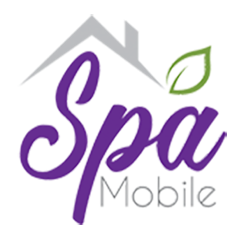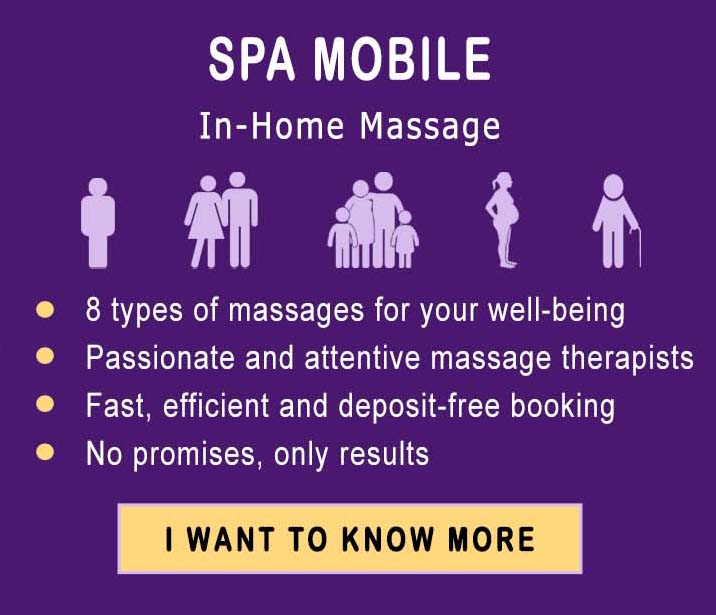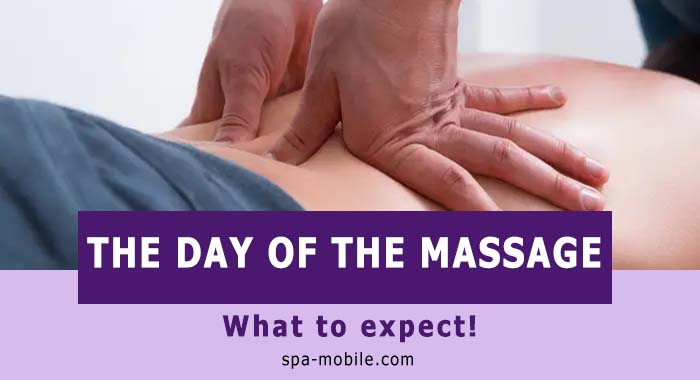Would you like to see your physical condition with less chronic pain and more hope of recovery?
Have you given up hope of getting rid of the chronic pain you’ve been enduring for years?
How do you see your future in this area?
Many people are like you with regular aches and pains, and if you don’t do anything different, then you’re increasing your suffering for the rest of your life.
Fortunately, it’s never too late to take care of yourself, and in this article, I present the benefits of a myofascial massage to relieve your frequent aches and pains and also, to understand the process that caused your current condition.
Who is myofascial massage for?
Myofascial massage is for people who may experience chronic headaches and find relief through myofascial release. This gentle massage applies to tight muscles, neck and head tension to reduce headaches.
Some people who suffer from pain in the veins may also appreciate fascial massage. In fact, venous insufficiency produces localized blood clots, especially in the legs, which can cause pain.
What is a myofascial massage?
Fascia is a network of connective tissue that runs through your body. It wraps around your internal organs and muscles to hold everything in place.
When this system is healthy, it distributes energy demands evenly, so as not to overload any part of the body and cause injury.
Most massages focus specifically on the muscles. They aim to loosen and relax muscles by applying gentle pressure.
Myofascial massage goes a little deeper. It enters the connective tissue where stress and tension are stored.
This stress causes your connective tissue (fascia) to become stiffer and tighter, leading to discomfort and even pain in your everyday life. This massage seeks to loosen these discomforts through stretching.
A massage therapist identifies hot spots in your body through massage. Next, stretching is used to open up the muscles and connective tissues holding the tension.
The massage focuses deeply on the ligaments as well as the muscles. Stretching can be intense, and on some occasions, the massage therapist may use more force to achieve relaxation.
1. Relieves pain
Myofascial massage can reduce the pain you feel under certain conditions. As with all physicalroutines, if you have a pre-existing condition, you should consult your physician before receiving this type of massage. As with all physical routines, if you have a pre-existing condition, you should consult your physician before receiving this type of massage. massage. si vous avez une condition préexistante, vous devriez consulter votre médecin avant de recevoir ce type de massage.Comme avec toutes les routinesphysiques, si vous avez une condition préexistante, vous devriez consulter votre médecin avant de recevoir ce type de massage.
People suffering from chronic fatigue, back pain and other muscle-related health problems are often offered this type of treatment by their doctors. This massage is prescribed as part of a pain management program, and people feel much better after this treatment.
This massage therapy is also used to treat certain types of stress and anxiety. Sometimes, it is even used as a therapy for repetitive strain injuries to the musculoskeletal system.
2. Loosens tight muscles and tissues
Tightening of connective tissue (fascia) causes restriction of muscle and other tissues, resulting in back pain and loss of movement.
Injuries, stress, inflammation, trauma and poor posture all contribute to this tightness and stress. Myofascial massage loosens and releases connective tissue.
This means that myofascial massage can relieve any stressful physical condition. This includes chronic fatigue, most muscle and joint pain, tension, and even some of the side effects of aging.
3. Improves blood circulation
Research has shown that myofascial release can increase blood circulation.
By getting rid of knots and tension in the fascia, this massage improves fluid flow, helping to keep your muscles and connective tissue well hydrated.
As a result, you will recover and heal faster.
4. Increases mood and well-being
Myofascial massage provides relaxation and a heightened sense of well-being. It also lowers your heart rate, blood pressure and cortisol levels.
Many people have testified that this type of massage really does bring well-being into their lives. And this well-being cannot be measured scientifically.
Today, myofascial massage has gained credibility in the medical community. There are many benefits to massage therapy. As well as making you feel good, it helps reduce the discomfort of many medical conditions.
5. Strengthens the immune system
The immune system is a major factor in the body’s struggle to protect itself from infection and heal wounds.
With our increasingly less active or restrictive lifestyles, lack of movement causes pain and creates more dysfunction in the lymphatic system.
Myofascial massage increases lymph circulation throughout your body, which in turn increases the speed of healing from injury and illness.
The process involved
All our lives, we’ve been conditioned to expect others to bring us happiness, survival, health, love – all the things we believe are essential to life – and so we’ve created a habit of not acting on our own needs.
That’s why we don’t take care of our body’s movement and thus live in the inertia that creates our frequent aches and pains.
But have you ever felt the joy, the great joy, of being able to do a 30-minute jog on your own, without comparing yourself with others, without competition, after 3 months of training?
You see, most people don’t take care of what’s important in their lives when things are going well. They wait for a problem to arise before reacting with fear.
Choose massage therapists who are attentive to your situation.
If you want a unique massage to relax or free yourself from your pain, discomfort, pain or suffering, isn’t it wise and sensible to turn to massage therapists who know what you are doing? Live?
Myofascial massage
Myofascial massage







